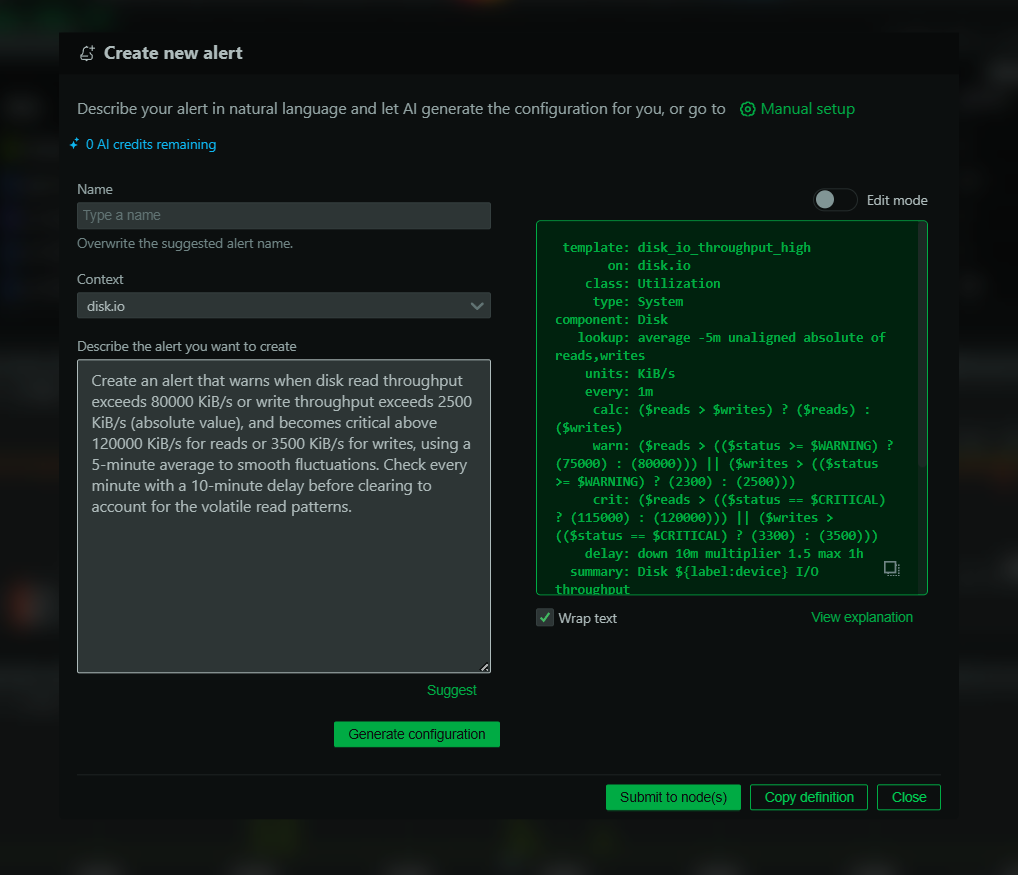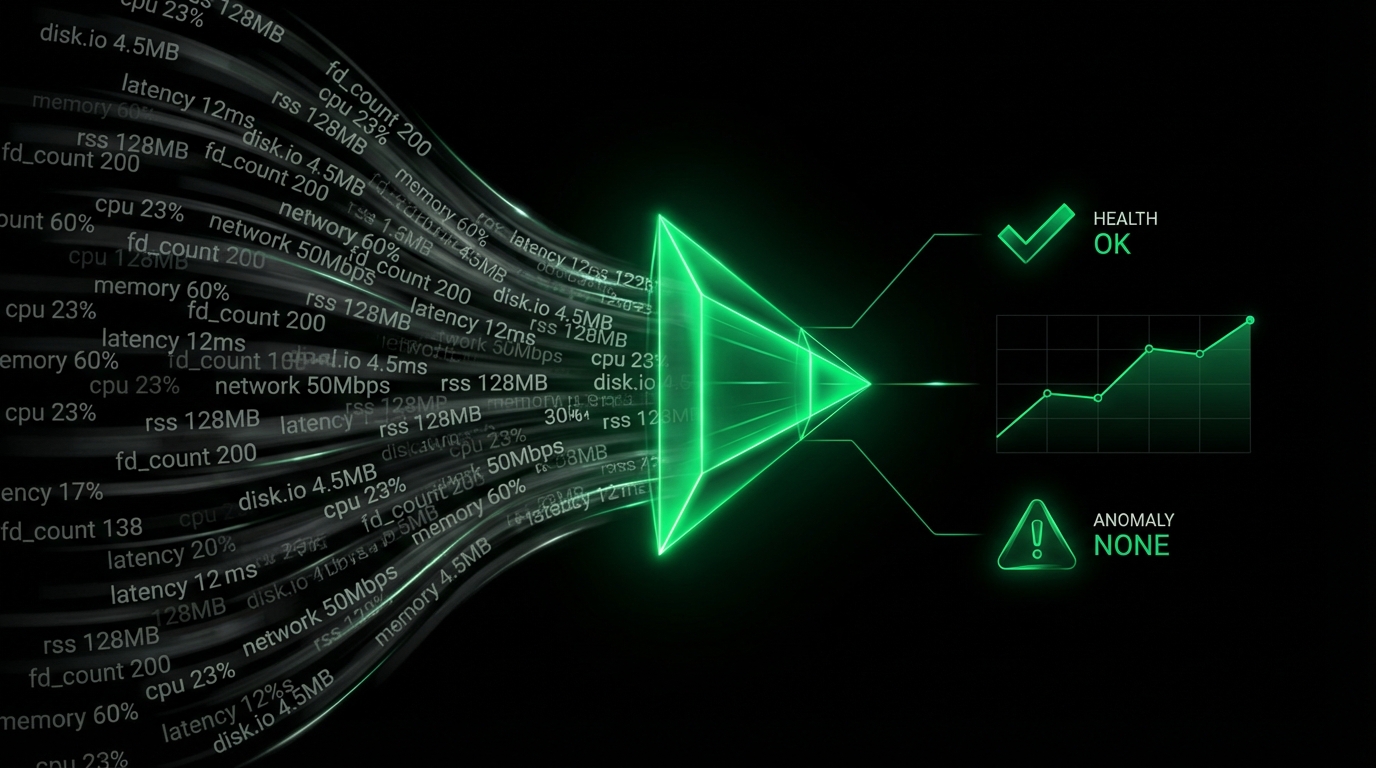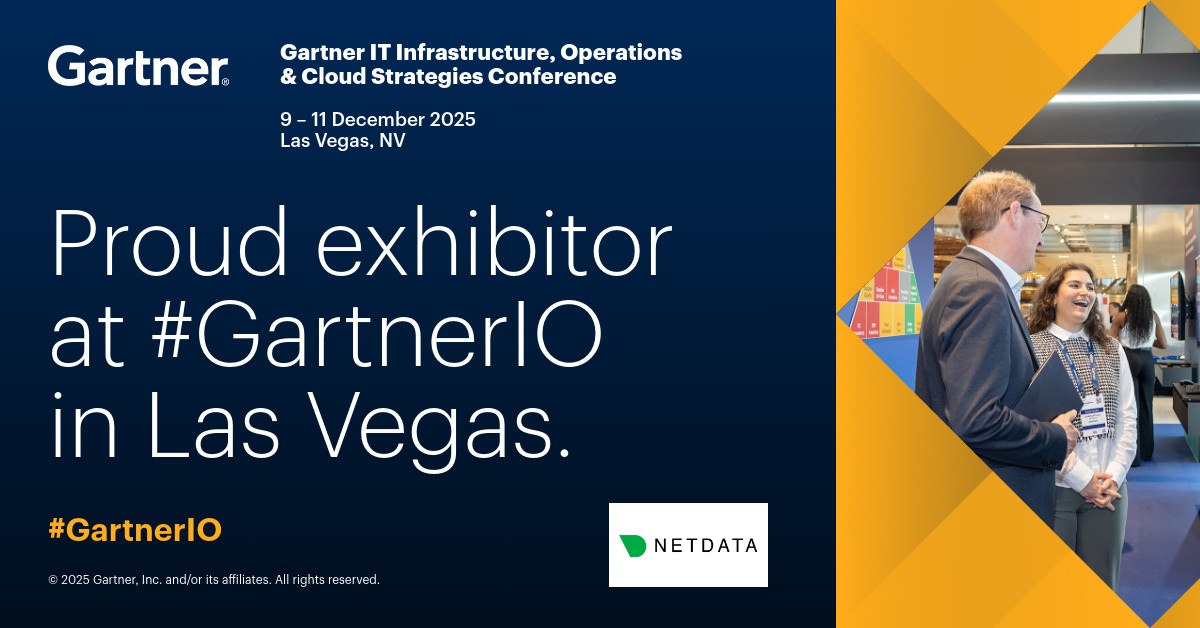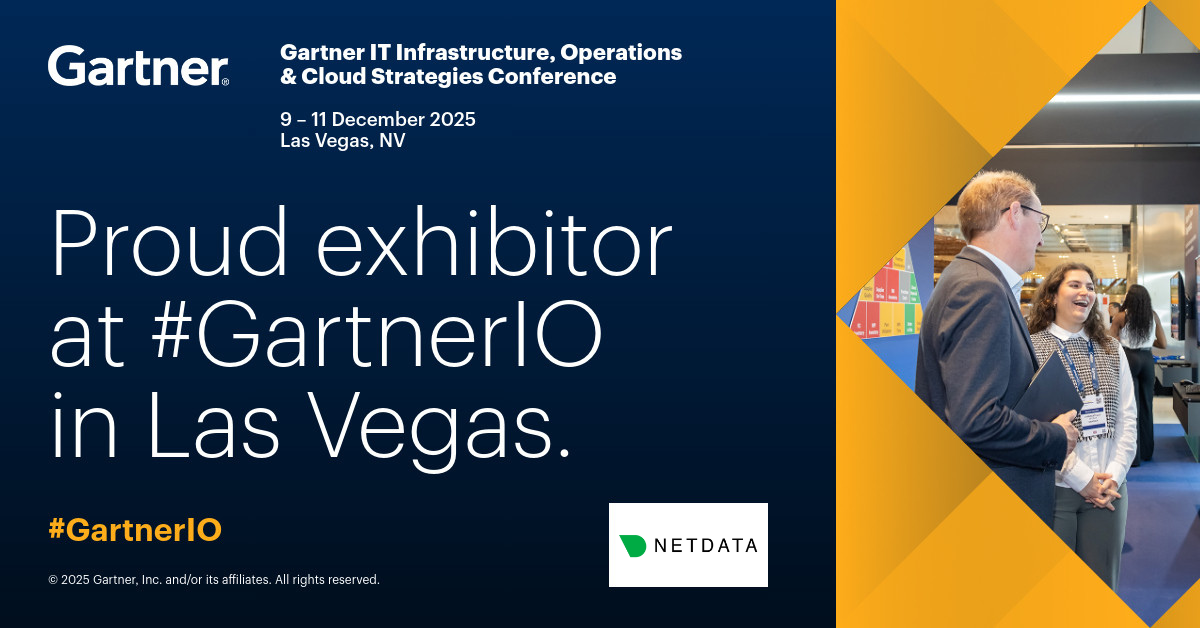Cloud computing has become a cornerstone for businesses of all sizes. As more organizations migrate their workloads to the cloud, understanding cloud management and how to maximize efficiency is crucial. But what is cloud management exactly? This article will explore the concept, dive into the various aspects of cloud management, and provide practical tips on how to enhance efficiency, especially for beginners.
What Is Cloud Management?
Cloud management involves the control, orchestration, and administration of cloud computing resources and services. It encompasses a range of tasks, from deploying and monitoring applications to ensuring security and compliance. Effective cloud management is essential for optimizing performance, controlling costs, and maintaining security across cloud environments.
Key Components Of Cloud Management
Resource Allocation
Efficient resource allocation ensures that computing resources, such as CPU, memory, storage, and bandwidth, are distributed according to application demands. It helps avoid both underutilization and over-provisioning, reducing costs and improving performance. Dynamic scaling and real-time adjustments are critical, especially in environments with fluctuating workloads.
Monitoring & Analytics
Continuous monitoring allows teams to track the health and performance of cloud infrastructure. Analytics tools interpret this data to detect anomalies, identify performance bottlenecks, and support proactive troubleshooting. Granular visibility into metrics like latency, uptime, and error rates helps teams make informed decisions and optimize cloud usage.
Security & Compliance
Cloud management must include robust security protocols, such as identity and access controls, encryption, and threat detection systems. Compliance involves adhering to industry standards (like GDPR, HIPAA, or SOC 2) by enforcing proper data handling and auditing practices. A secure cloud is a compliant cloud, and both are non-negotiable.
Automation
Automation reduces manual workload by handling routine operations like provisioning, scaling, patching, and backups. This not only speeds up processes but also minimizes human error. Using Infrastructure as Code (IaC), cloud functions, and workflow tools enables teams to build repeatable, efficient systems at scale.
Why Is Cloud Management Important?
Proper cloud management ensures that your cloud resources are used effectively and efficiently. It helps in:
Cost Management
One of the most significant benefits of cloud management is controlling expenses. By monitoring usage and rightsizing resources, teams can avoid unnecessary costs from idle or underutilized services. Effective cost management also involves setting budgets, analyzing spending patterns, and using optimization tools to reduce waste.
Performance Optimization
Cloud applications must perform reliably to meet user expectations. Through proper load balancing, resource tuning, and performance monitoring, cloud management ensures systems stay responsive and resilient. It also helps identify and resolve performance bottlenecks before they impact end users.
Security & Compliance
With increasing regulatory requirements and cybersecurity threats, securing your cloud infrastructure is essential. Cloud management enforces access controls, encryption standards, and audit logging. It also ensures compliance with data privacy laws and industry-specific regulations by maintaining consistent security policies across environments.
Scalability
Cloud environments thrive on the ability to scale resources up or down based on real-time demand. Good cloud management ensures that scaling is not only possible but also efficient and cost-effective. Whether you’re handling a traffic surge or reducing capacity during off-peak hours, scalability keeps your systems flexible and responsive.
Types Of Cloud Management Services
There are various cloud management services available, each tailored to specific needs and environments. Understanding these can help you choose the right solution for your organization.
Public Cloud Management
Public cloud management involves overseeing resources hosted by third-party cloud providers such as AWS, Azure, or Google Cloud. This type of management focuses on scalability, cost-efficiency, and flexibility.
- Advantages: Lower upfront costs, scalability, and wide availability of services.
- Challenges: Security and compliance concerns, potential for higher long-term costs.
Private Cloud Management
Private cloud management pertains to resources hosted on-premises or in a private data center. This approach offers greater control and security but may require more extensive management.
- Advantages: Enhanced security, compliance, and control.
- Challenges: Higher upfront costs, more complex management.
Hybrid Cloud Management
Hybrid cloud management combines public and private cloud environments, providing the benefits of both. It requires tools and strategies to manage and integrate these diverse environments seamlessly.
- Advantages: Flexibility, optimized performance, and cost management.
- Challenges: Complexity in management and integration.
Cloud Management as a Service (CMaaS)
Cloud Management as a Service offers a managed service approach to cloud management. Providers handle the day-to-day operations, allowing organizations to focus on their core business activities.
- Advantages: Reduced management burden, access to expert services.
- Challenges: Potential loss of control, dependency on service providers.
Best Cloud Management Platforms
AWS Management Console
The AWS Management Console is a browser-based interface that allows users to configure and manage Amazon Web Services. It provides access to a wide range of services, including EC2, S3, Lambda, and IAM. With built-in dashboards, monitoring tools, and automation features, it’s a central hub for managing AWS infrastructure at scale.
Azure Management Portal
Microsoft’s Azure Management Portal (now part of the Azure Portal) offers a unified web interface to deploy, monitor, and manage cloud resources. It supports role-based access control (RBAC), integrated cost management, and automation through Azure Resource Manager (ARM) templates. The portal is key to operating Azure workloads securely and efficiently.
Google Cloud Console
Google Cloud Console is a web-based platform used to manage and monitor services hosted on Google Cloud. It includes tools for deploying virtual machines, managing Kubernetes clusters, tracking billing, and monitoring performance. Its clean UI and integration with tools like Cloud Shell make it popular for DevOps and SRE teams.
OpenStack
OpenStack is an open-source cloud computing platform that enables users to build and manage private or hybrid cloud environments. It supports compute, storage, and networking resources via modular components. OpenStack offers extensive customization and control, making it a flexible choice for enterprises needing on-premise or hybrid cloud solutions.
Benefits Of Cloud Management Software
Improved Visibility
Cloud management software provides detailed insights into how resources are being used across your infrastructure. With dashboards, usage reports, and real-time metrics, teams can identify inefficiencies, track trends, and make informed decisions. This level of visibility is critical for maintaining operational awareness and avoiding resource sprawl.
Enhanced Automation
Automation is a core advantage of cloud management tools. By automating routine tasks such as provisioning, scaling, patching, and backup, teams can significantly reduce manual effort and error rates. Automation also helps ensure consistency in deployments and speeds up incident response and recovery processes.
Cost Optimization
Managing cloud costs is a constant challenge, especially in dynamic environments. Cloud management software offers tools to monitor spending, set alerts for budget thresholds, and identify underutilized or idle resources.
This is where FinOps, financial operations for the cloud, comes into play. FinOps blends financial accountability with engineering practices to ensure teams are cost-aware and making smart trade-offs between speed, quality, and expense.
Additionally, many organizations are now using multi-cloud strategies to avoid vendor lock-in and optimize costs. While multi-cloud can reduce dependency on a single provider, it also requires robust cloud management practices to prevent cost overruns and maintain visibility across platforms.
Security Management
Effective cloud management software simplifies the implementation and enforcement of security policies. It provides centralized control over user access, encryption, and compliance monitoring. This reduces the risk of misconfigurations, strengthens your security posture, and ensures that all cloud assets adhere to internal and external security standards.
Challenges Of Cloud Management
While cloud management offers flexibility and scalability, it also comes with its own set of challenges. Understanding these hurdles is essential for building a resilient and efficient cloud strategy.
Managing Multi-Cloud Environments
Using multiple cloud providers can improve redundancy and flexibility, but it also introduces complexity. Teams must juggle different APIs, billing systems, and security models, which can lead to inconsistencies and inefficiencies.
Tool Sprawl & Visibility Gaps
Many teams rely on a patchwork of monitoring, automation, and billing tools. Without a centralized management approach, this can result in duplicated effort, blind spots, and slower incident response times.
Vendor Lock-In
Relying heavily on one cloud provider’s proprietary services can limit future flexibility and make migration or diversification more difficult. Organizations should carefully assess which services are core and which are interchangeable.
Balancing Automation With Oversight
Automation improves efficiency, but without proper governance, it can also lead to misconfigurations or unintended consequences. Cloud management must include guardrails and auditability to ensure safe scaling.
5 Best Practices For Cloud Management
Maximizing efficiency in cloud management requires adopting best practices that ensure optimal performance, security, and cost-effectiveness.
1. Implement Robust Monitoring
Effective cloud systems management starts with comprehensive monitoring. Use tools to track performance metrics, identify bottlenecks, and resolve issues proactively. While default monitoring tools provided by cloud providers like AWS CloudWatch, Azure Monitor, and Google Stackdriver can offer valuable insights into your cloud infrastructure, they often only provide a high-level view of your infrastructure’s health.
Selecting the right monitoring tool is a crucial aspect of effective cloud management. Open-source solutions like Prometheus, Grafana, and Netdata stand out because they offer detailed insights and higher granularity. Netdata is also offering by default real time monitoring capabilities. These tools enable you to closely monitor the performance and health of your infrastructure.
In contrast, many enterprise solutions, while potentially offering robust features and extensive support, typically come at a higher cost and may not provide the same level of detail as their open-source counterparts.
2. Automate Routine Tasks
Automation is key to improving efficiency. Leverage cloud management software to automate tasks such as resource provisioning, scaling, and backups.
Automation Tools: Utilize tools like AWS Lambda, Azure Automation, and Google Cloud Functions to automate workflows and reduce manual intervention.
3. Optimize Resource Allocation
Regularly review and adjust resource allocation to match current demands. This helps prevent over-provisioning and underutilization, optimizing costs.
Optimization Tools: Tools like AWS Trusted Advisor, Azure Cost Management, and Google Cloud Cost Management can help optimize resource usage and reduce costs.
4. Ensure Security & Compliance
Implement strong security measures and ensure compliance with relevant regulations. Use tools to monitor and enforce security policies across your cloud environments.
Security Tools: Employ tools like AWS Identity and Access Management (IAM), Azure Security Center, and Google Cloud Security Command Center to manage security policies.
5. Use A Centralized Management Console
A centralized cloud management platform provides a unified view of all your cloud resources. This simplifies management and improves visibility.
Centralized Management: Platforms like AWS Management Console, Azure Portal, and Google Cloud Console offer centralized management for better control and visibility.
Practical Tips About Cloud Management For Beginners
Start Small & Scale Gradually
Begin with a small, manageable set of cloud resources and gradually scale as you become more comfortable with cloud management.
Learn & Experiment
Take advantage of free tiers and trial periods offered by cloud providers to learn and experiment with different services and tools.
Stay Updated
Cloud technologies evolve rapidly. Stay updated with the latest features and best practices by following cloud provider blogs, attending webinars, and participating in relevant communities.
Cloud Management FAQs
What Is The Difference Between Cloud Management And Cloud Monitoring?
Cloud monitoring focuses on tracking the performance and health of cloud services, while cloud management includes a broader set of tasks such as automation, cost control, security, and resource provisioning. Monitoring is one component of effective cloud management.
Do I Need A Cloud Management Platform If I Only Use One Cloud Provider?
Even in single-cloud environments, a cloud management platform adds value through centralized visibility, automation, and policy enforcement. It helps reduce manual work and avoid unexpected costs.
What Tools Help With Cloud Cost Optimization?
Tools like AWS Cost Explorer, Azure Cost Management, and Google Cloud’s Cost Management platform offer usage insights and budgeting features. Open-source and third-party tools, such as Netdata for monitoring and CloudHealth for cost visibility, can also play a key role.
Key Takeaways For Managing The Cloud
Understanding what is cloud management and implementing best practices is essential for DevOps and SREs aiming to maximize efficiency. Whether you’re dealing with public, private, or hybrid cloud environments, effective cloud services management ensures that your resources are optimized, costs are controlled, and security is maintained.
By leveraging the right cloud management solutions and tools, you can enhance your operational efficiency and achieve greater control over your cloud infrastructure. Start by adopting robust monitoring, automating routine tasks, and optimizing resource allocation. With these strategies in place, you’ll be well on your way to mastering cloud management and reaping its full benefits.
For further insights and tools, explore the following resources:
Books: “Cloud Management for Dummies” by Judith Hurwitz, “Architecting the Cloud” by Michael J. Kavis Websites and Tutorials: AWS Cloud Management, Azure Management Tools, Google Cloud Management
Tools: AWS Management Console, Azure Management Portal, Google Cloud Console, OpenStack By understanding and leveraging these concepts and tools, you can ensure efficient and effective management of your cloud resources, leading to better performance and cost savings.









